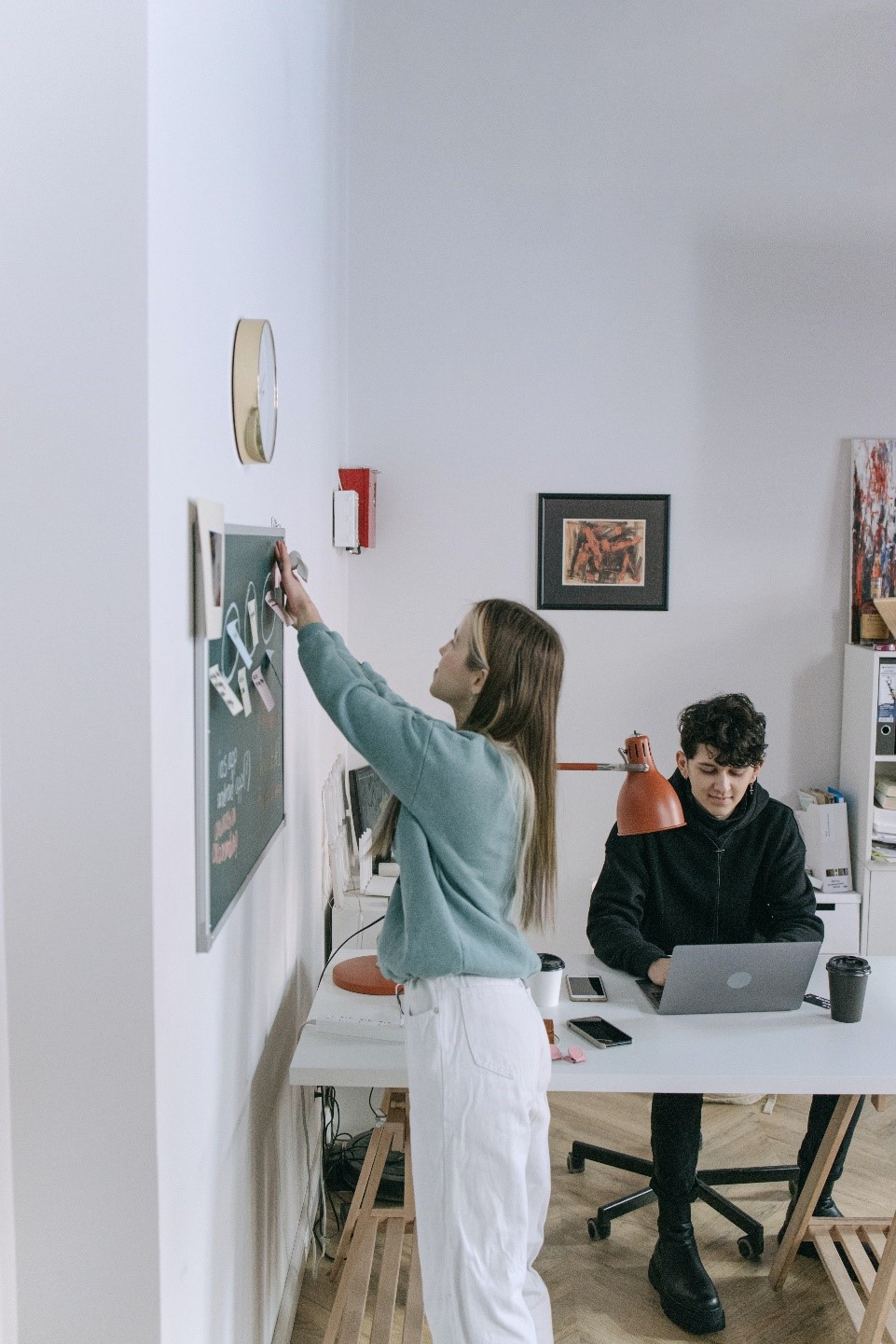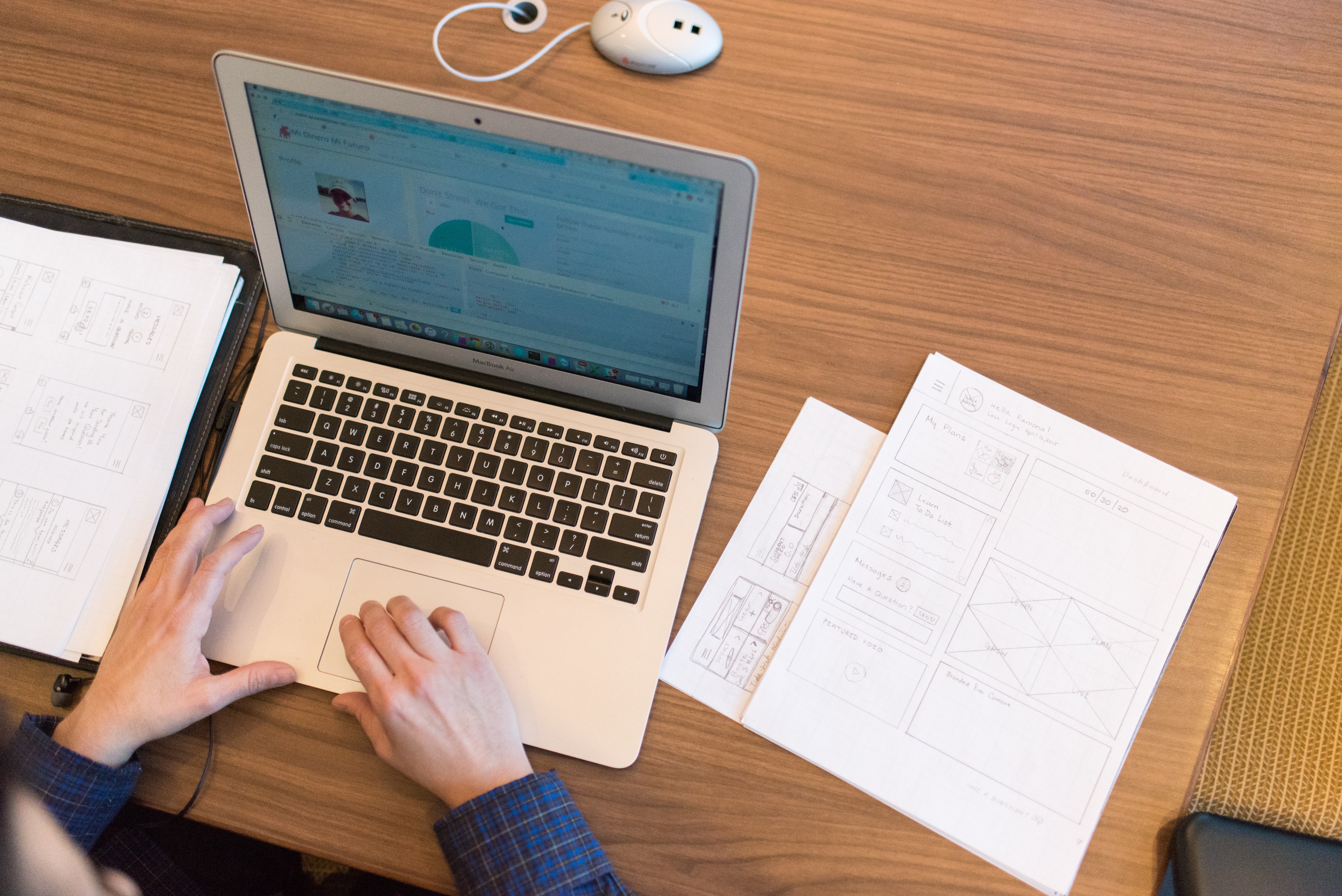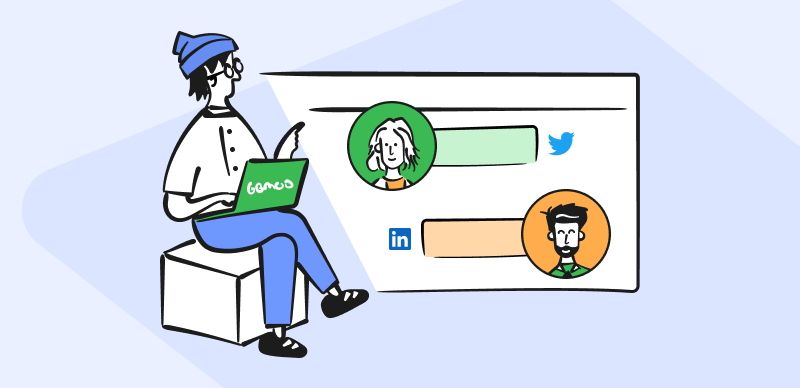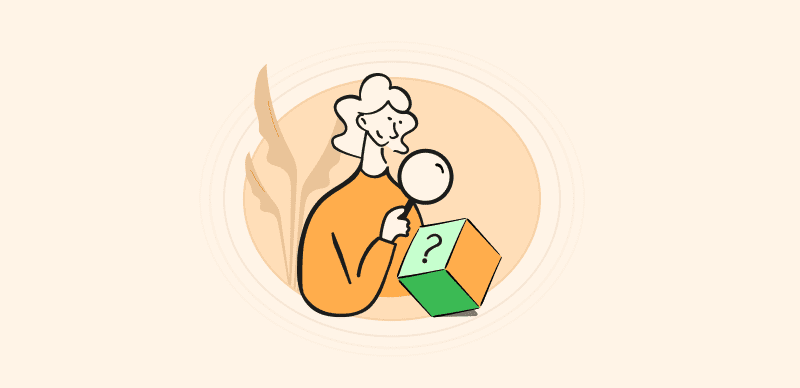The development of new tools and the rising demand for digital media has contributed to the explosion in popularity of the interesting subject of UX design, UI design, and animation design. It’s the practice of making cartoons for various uses, including teaching, advertising, and amusement. Animation design is a broad field requiring imagination, technical expertise, and meticulous attention to detail, spanning anything from 2D to 3D animation to motion illustrations and visual effects.
Although many people have heard this word, most are unaware of what they do. And if you wish to know What Is Animation Design and what it does, you’re at the right place. In this article, you’ll discover all the details of animation design and its role and procedure. Let’s get started!
Table of Contents: hide
Why Animation Design is So Important?
What is Animation Design?
Creating animated sequences and other visual effects for use in media like games, films, and online assets like websites and apps is known as animation design. These visual enhancements might range from a simple loading symbol to indicate that something is happening to a full-fledged animated feature.
However, an animation designer’s responsibilities extend well beyond traditional animation techniques. You’ll find the role of an animation designer in the next sections.
Why Animation Design is So Important?
The discipline of animation design is vital and expanding, with implications in spheres as diverse as media and learning, commercials, and healthcare. It’s become a widespread and adaptable medium that communicates subtle feelings and ideas via compelling visuals. Some of the reasons why it is considered important are:
- Better Communication: Organizations and enterprises might benefit from using animation design to spread their message. Audiences may struggle to grasp and retain difficult concepts when presented animatedly. In addition to helping businesses succeed, this strategy may make their content more engaging and more likely to be shared.
- Enhanced Accessibility: The accessibility and productivity of several areas might be improved through animation design. Medical animations, for instance, may be used to explain intricate medical processes and illnesses to patients in a way they can comprehend. Using audio explanations or subtitles, an animation may help improve content accessibility for those with impairments, such as the visually impaired.
- Improved Entertainment: To bring cherished characters to life and to create immersive, aesthetically appealing environments, animation design has changed the entertainment business. Animation design has pushed the envelope of what can be done in media and entertainment, from TV series and movies to video games.
- Good Educational Tool: Animations in the classroom can assist students in comprehending and remembering complex concepts by bringing them to life. The complexity of certain processes can be difficult to visualize in any other medium, but animations can be used to recreate such situations for educational purposes.
What Does an Animation Designer Actually Do?
Animation designers are tasked with various duties that call for specialized expertise. While sketching and animation are essential, they are not the main duties of an animation designer. Their duties can be these:
Draw and Animate
The real animations used in multimedia begin with the drawings, which may be done on paper and then scanned into a computer for animating or may be generated digitally from the outset. In the animation industry, designers often focus on either 2D (flat) animations or 3D (computer-generated imagery) visuals.
For 2D animations, this means hand-drawing each frame and assigning it to a separate keyframe in the program. The technique is to break down the animation into its fundamental positions, like walking, and draw them first, then fill in the between frames.
In contrast, 3D animation relies on digitally manipulating a fully “rigged” model. When making a 3D animation or visual effect, animators and artists manipulate the model in various ways to provide the impression of motion.
Brainstorm
As an animator, you need to be creative since you’ll be prompted to participate in brainstorming sessions for making concepts. Many individuals find this portion of their jobs the most rewarding. Still, lacking confidence in your creative abilities might stunt your professional development and decrease your overall work happiness.
Conceptualize the Ideas
During these meetings, animation designers provide ideas and quickly sketch and prototype those ideas. These are presented to customers or other interested parties and must be completed quickly. If you tend toward perfectionism, you may want to set reasonable goals for the time you want to spend on each task.
Storyboarding
Storyboarding, or graphically outlining an animation sequence in a series of drawings, is common for animation designers. Scripts or even simply thoughts from directors or clients are frequently the starting point for animators, who must then utilize their imagination to give these ideas a physical reality.

Storyboarding
Animation Edits
You may work with a huge team of people as an animation designer, including animators, authors, editors, user experience designers, and a director, or you may find yourself juggling many roles. It’s normal practice for animation designers to aid with final animation edits in response to director and client comments.
The Animation Production Process Introduction
Now that you know the roles an animation designer has to play, you must wonder about the animation production process, which you’ll find below:
Research and Conceptualize
First, you should familiarize yourself with the firm, its brand, and the goods and services it provides. The brief provided to clients will include questions regarding the client’s brand’s values, identity, and intended audience. A video’s target demographic and emotional tone are two questions often asked by animation studios.
At this point, you should be able to articulate the brand’s ultimate mission and guiding principles. It’s the visual depiction of an idea and how the script’s central concept is crafted. At first, the script will be kept very straightforward to focus attention on the campaign’s main theme.

Research and Conceptualize
Creating a storyboard
Creating a storyboard is the next step in animation production. It’s also the physical manifestation of the original writing. An animation studio may illustrate a video’s essential frames to aid you. Each scene’s reference captions will be taken directly from the screenplay. The team at the animation studio and the customer may avoid hiccups and confusion by using a storyboard to map out the project’s progression in advance. Using this, a client’s vision may come to fruition, and you can get a sense of how an animated film can turn out.
Style Frame the Video
An animation designer will examine the video’s style frames in this step. This will give you an idea of the video’s aesthetic direction. Key aspects such as characters, color palette, typography, product, and video stills are designed artistically and included in the style frames. The customer will be able to see whether the video’s aesthetic and tone fit their brand in this way. To the customer, this should seem like an extension of their brand.
Voice-over Narration
Now, you must add voice-over narration to bring the screenplay to life. The customer chooses the exact tone and voice-over performer to represent their brand, making this a potentially thrilling element of the animation process. An expert voice actor may make a tremendous difference by reading the script with the client’s personality in mind.
Add Animation and Finishing Touches
Once all the preliminary steps have been accepted, the animation designers may put their imaginative thoughts and skilled hands to work on animating the drawings. Each figure and other on-screen elements are given lifelike motion with the assistance of cutting-edge animation tools.
Adding the finishing touches to the video by editing and syncing the voice-over track, sound effects, and music. The animation video’s success in reaching its intended audience depends in large part on the music and audio quality used in it. This process must be carried out with extreme care for optimal results.
Final Thought
The art of animation design is intriguing and important because of its position in today’s media. Understanding the fundamentals of animation design is crucial if you’re an aspiring animator or just curious about this fascinating field. Animation design calls for both an artistic eye and technical savvy, from understanding the medium’s origins and varieties to the specific equipment and tools used by industry experts. Besides, we hope you know What Is Animation Design after reading this article. Moreover, in case of queries or suggestions related to animation design or its procedure, please use the comments below.



